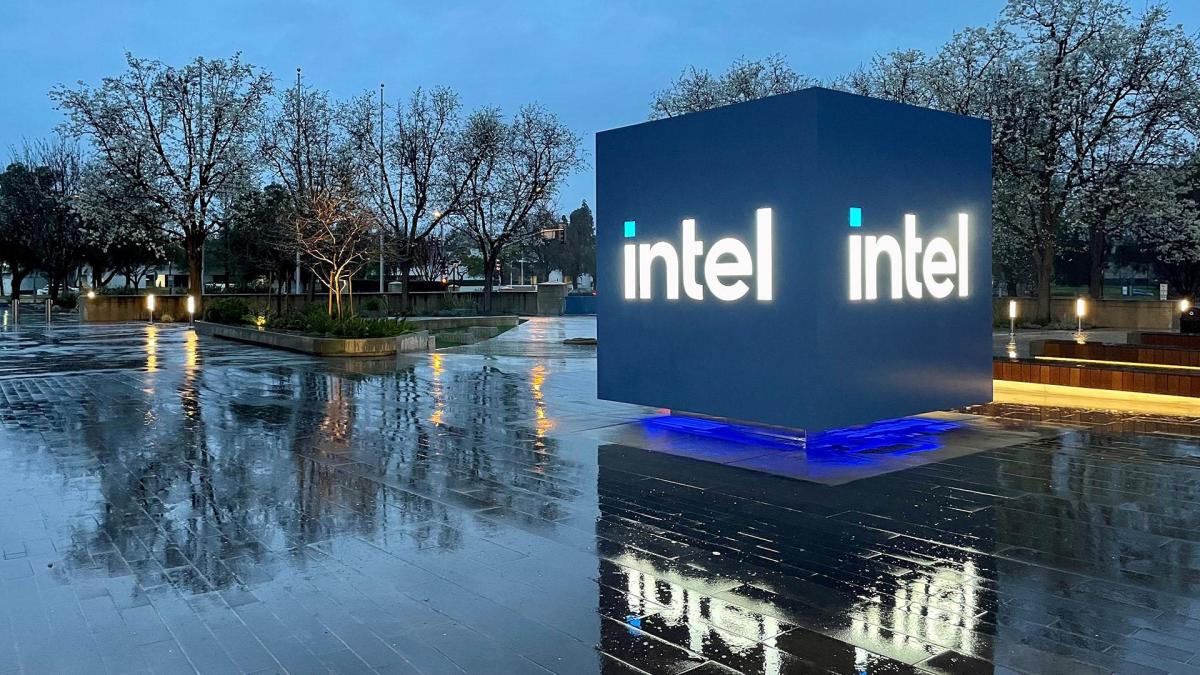The age of AI is giving fracking a second act, a stunning turnaround for an industry that, even during the early boom years of the 2010s, was accused by climate advocates of having poisoned aquifers, man-made earthquakes and the stubborn persistence of fossil fuels.
AI companies are building massive data centers near major gas production sites, often generating their own energy by tapping directly into fossil fuels. It’s a trend that has been overshadowed by headlines about the intersection of AI and healthcare (and solving climate change), but it’s a trend that could reshape — and raise difficult questions for — the communities that host these facilities.
Take the last example. This week, the Wall Street Journal reported that AI coding assistant startup Poolside is building a data center complex on more than 500 acres in West Texas – about 300 miles west of Dallas – an area two-thirds the size of Central Park. The plant will generate its own energy by drawing natural gas from the Permian Basin, the nation’s most productive oil and gas field, where hydraulic fracturing is not just common but really the only game in town.
The project, called Horizon, will produce two gigawatts of computing power. That’s equivalent to the entire electrical capacity of the Hoover Dam, except that instead of harnessing the Colorado River, it burns fracked gas. Poolside is developing the facility with CoreWeave, a cloud computing company that leases access to Nvidia’s AI chips and provides access to more than 40,000 of them. The Journal calls it an “energetic Wild West,” which seems appropriate.
Yet Poolside is not alone. Almost all major AI players are pursuing similar strategies. Last month, OpenAI CEO Sam Altman visited his company’s flagship Stargate data center in Abilene, Texas, about 200 miles from the Permian Basin, where he got candid, saying, “We’re burning gas to run this data center.”
The complex requires about 900 megawatts of electricity spread across eight buildings and includes a new gas-fired power plant that uses turbines similar to those that power warships, according to the Associated Press. The companies say the plant provides only backup power, with most of the electricity coming from the local grid. That grid, for the record, draws from a mix of natural gas and the vast wind and solar farms in West Texas.
But people living near these projects aren’t exactly comforted. Arlene Mendler lives across the street from Stargate. She told the AP she wished someone had asked her opinion before bulldozers cleared a huge tract of mesquite brush to make room for what is being built on top of it.
Techcrunch event
San Francisco
|
27-29 October 2025
“It completely changed the way we lived,” Mendler told the AP. She moved to the area 33 years ago seeking “peace, quiet, tranquility.” Now the construction work is the background soundtrack and the bright lights on the scene have ruined his night vision.
Then there’s the water. In drought-prone West Texas, locals are particularly concerned about the impact new data centers will have on water supplies. The city’s reservoirs were at about half capacity during Altman’s visit, with residents on a twice-weekly outdoor watering schedule. Oracle says each of the eight buildings will need just 12,000 gallons per year after an initial one-million-gallon fill for closed-loop cooling systems. But Shaolei Ren, a professor at the University of California, Riverside, who studies the environmental footprint of artificial intelligence, told the AP that’s misleading. These systems require more electricity, which means more indirect water consumption in the power plants that generate that electricity.
Meta is pursuing a similar strategy. In Richland Parish, Louisiana’s poorest region, the company plans to build a $10 billion data center the size of 1,700 football fields that will require two gigawatts of power just for computing. Utility company Entergy will spend $3.2 billion to build three large natural gas power plants with 2.3 gigawatts of capacity to power the plant by burning gas extracted through fracking in the nearby Haynesville Shale. Louisiana residents, like those in Abilene, I’m not enthusiastic being surrounded by bulldozers 24 hours a day.
(Meta is also building in Texas, though elsewhere in the state. This week the company announced a $1.5 billion data center in El Paso, near the New Mexico border, with one gigawatt of capacity expected online in 2028. El Paso is not near the Permian Basin, and Meta says the plant will feature 100% clean, renewable energy. One point for Meta.)
Also Elon Musk’s xAI, whose Memphis facility it spawned considerable controversy this year has links to fracking. Memphis Light, Gas and Water – which currently sells power to xAI but will eventually own the substations xAI is building – buys natural gas on the spot market and pipes it to Memphis through two companies: Texas Gas Transmission Corp. and Trunkline Gas Company.
Texas Gas Transmission is a bidirectional pipeline that transports natural gas from Gulf Coast supply areas and several predominantly hydraulically fractured shale formations through Arkansas, Mississippi, Kentucky and Tennessee. Trunkline Gas Company, Memphis’ other supplier, also transports natural gas from fracked sources.
If you’re wondering why AI companies are pursuing this path, they’ll tell you that it’s not just about electricity; it’s also about beating China.
This was the argument put forward by Chris Lehane last week. Lehane, a veteran politician who joined OpenAI as vice president of global affairs in 2024, made the case during a interview on stage with TechCrunch.
“We believe that in the not too distant future, at least in the United States, and around the world, we will need to generate about a gigawatt of energy per week,” Lehane said. He highlighted China’s massive energy development: 450 gigawatts and 33 nuclear plants built in the last year alone.
When TechCrunch asked about Stargate’s decision to build in economically challenged areas like Abilene or Lordstown, Ohio, where more gas-fired plants are planned, Lehane returned to geopolitics. “If we [as a country] If we do this well, we will have the opportunity to reindustrialise countries, bring back manufacturing and also transition our energy systems so we can achieve the modernization that is needed.”
The Trump administration is certainly on board. July 2025 executive order accelerates gas-powered AI data centers by streamlining environmental permitting, offering financial incentives, and opening federal land for projects using natural gas, coal, or nuclear power, explicitly excluding renewable energy from support.
For now, most AI users remain largely unaware of the carbon footprint behind their amazing new toys and tools. They focus more on features like Sora 2 – OpenAI’s hyper-realistic video generation product that requires exponentially more power than a simple chatbot – than where the electricity comes from.
Companies are counting on this. They positioned natural gas as the pragmatic and inevitable answer to AI’s growing energy demands. But the speed and scale of this buildup of fossil fuels deserves more attention than it is receiving.
If this is a bubble, it won’t be pretty. The AI industry has become a circular platoon of dependencies: OpenAI needs Microsoft needs Nvidia needs Broadcom needs Oracle needs data center operators who need OpenAI. Everyone buys and sells from each other in a self-reinforcing cycle. The Financial Times noted this week that if the foundations collapse, a lot of expensive infrastructure would be left standing, both digital and gas-fired.
OpenAI’s mere ability to meet its obligations is “increasingly a concern for the broader economy” the outlet wrote.
A key question that has been largely absent from the conversation is whether all this new capacity is even necessary. A Duke University study found that utilities typically use only 53% of their available capacity year-round. This suggests significant scope to meet new demand without building new power plants, as the MIT Technology Review states reported earlier this year.
Duke researchers estimate that if data centers reduced electricity use by about half for a few hours during annual peak demand periods, utilities could handle an additional 76 gigawatts of new load. This would effectively absorb the 65 gigawatts that data centers are expected to need by 2029.
This type of flexibility would allow companies to launch AI data centers more quickly. More importantly, it could offer a reprieve to the rush to build natural gas infrastructure, giving utilities time to develop cleaner alternatives.
But again, that would mean losing ground to an autocratic regime, according to Lehane and many others in the industry, so instead, the natural gas building frenzy looks likely to burden regions with more fossil fuel plants and leave residents with skyrocketing electric bills to finance today’s investments, even long after tech companies’ contracts expire.
Meta, for example, has guaranteed that it will cover Entergy’s costs for Louisiana’s next generation for 15 years. Poolside’s lease with CoreWeave is for 15 years. What happens to customers when contracts expire remains an open question.
Things may eventually change. A lot of private money is being funneled into small modular reactors and solar installations with the expectation that these cleaner energy alternatives will become more central energy sources for these data centers. Fusion-related startups like Helion and Commonwealth Fusion Systems have also seen similar growth substantial funding from those at the forefront of artificial intelligence, including Nvidia and Altman.
This optimism is not limited to private investor circles. The enthusiasm has spilled over into the public markets, where several “non-revenue generating” energy companies that have managed to go public have indeed anticipatory, market capitalizations, based on the expectation that they will one day power these data centers.
In the meantime – which could take decades yet – the most pressing concern is that the people who will be left sitting on their hands, financially and environmentally, never asked for any of this.




